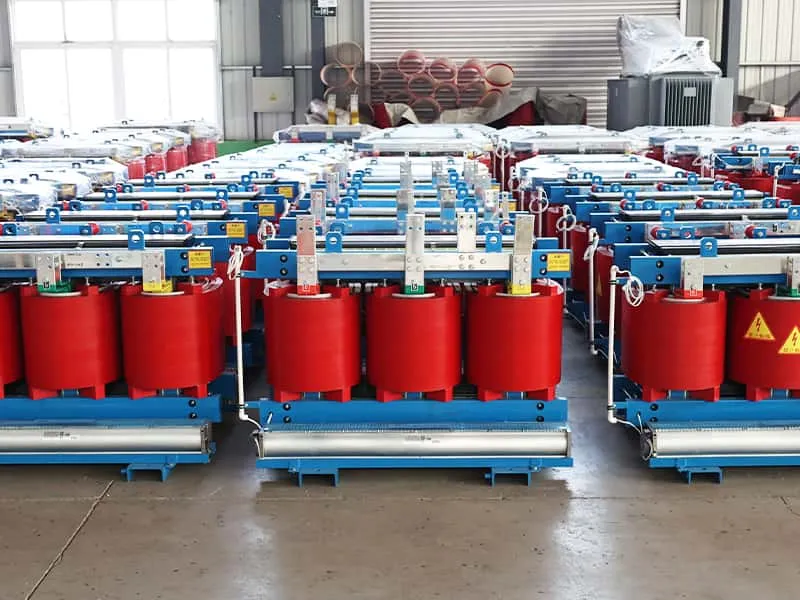The following information applies only to indoor installations of ELSCO dry type transformers, which are also covered by NEC Article 450.21-28. Here are some additional tips on preparing for an indoor dry type installation. Outdoor installations of dry type transformers are covered by NEC 450.41-48.
Handling Upon Delivery
Lifting with hand trucks or forklift trucks is permissible if the forks are long enough to pass completely under the case. Since most transformers have a high center of gravity, extreme caution should be exercised when lifting or moving the units. Larger transformers will require a crane and a rigging crew to offload and move the unit. If a dry-type transformer is to be moved outdoors during inclement weather it should be thoroughly protected against moisture.
Storage
Storage areas should be as clean and dry as possible without extreme temperature variations. Protective wrappings should be left intact until the transformer is moved to its permanent location. Dry type transformers stored under damp or dusty conditions must be dried out and cleaned before being installed and energized.
Installation Location
Important factors in choosing the indoor location for a dry type transformers are:
· Accessibility
· Ventilation
· Environmental conditions
· Noise level
Other tips include:
· The Installation area should be dry, free from dust, excessive moisture, fertilizers, chemicals and other corrosive fumes or vapors, and separated from flammable materials in accordance with NEC 450.21.
· Access pathways to the location must have enough clearance to move the transformer in place. Avoid stairways and elevators if possible.
· The floor area should be smooth and level, and able to support the weight (in pounds/sq. ft) of the transformer. Reinforced concrete is preferable.
· Dry type transformers must be installed in a level upright position in an area with free air circulation. The minimum required clearances from adjacent equipment and structures are specified in NFPA 60 (NEC Article 450.21.) Installing the transformer in a NEMA enclosure locking it in a room for safety and security is strongly recommended.
· Avoid locations that could be subject to flooding or exposed to moisture or ambient temperatures in excess of 30°C.
· Do not install dry type transformers beneath wet fire suppression sprinklers. Use a dry or foam fire suppression system if needed.

Room Requirements
Indoor installations should comply with the applicable requirements of NEC Article 450.21. A room containing multiple dry type transformers should be large enough to permit sufficient space between them (as required by NEC 450.21) to permit air circulation. Sufficient space should be provided around each transformer to allow personnel access for routine inspection and maintenance.
Adequate ventilation is essential for the proper cooling of transformers. Room ventilation is part of the cooling system and should support normal circulation of air through the transformer, so that the transformer temperature will not exceed its nameplate rating. Clean, dry air is preferable. Filtered air at or above atmospheric pressure may reduce maintenance if dust or other contaminants are normally present. The required area of ventilator openings depend upon the height of the room, the location of openings and the maximum loads to be carried by the transformer. The room airflow should be evaluated by an HVAC technician to ensure compliance with NFPA 90A, sections 4.1 – 4.3 and IEEE C57.12.01 – 2020.
When transformers are located in rooms or other restricted spaces, sufficient ventilation should be provided to dispose of the transformer’s full-load heat loss without allowing a temperature rise higher than the nameplate rating. If necessary, forced air ventilation should be used to accomplish this.